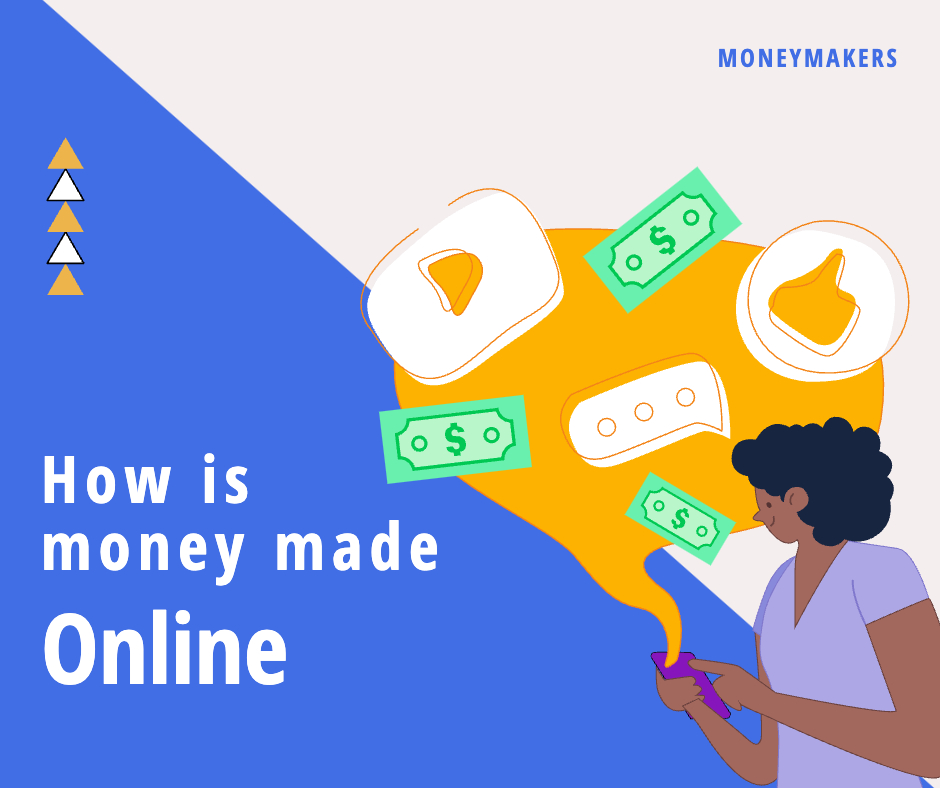How Social Media and Other Websites Generates Revenue
Unravelling the Revenue Generation Strategies of Social Media and Other Online Platforms
In the digital age, social media platforms and other websites have become an integral part of our daily lives. From Twitter to WhatsApp, Facebook, and beyond, these platforms offer their services free of charge, leading many to wonder about their revenue generation strategies. It’s a common misconception that these platforms earn revenue from the data we consume while using their services. However, the reality is far more complex and intriguing.
In the early days of the internet, platforms like Wapdam, Waptrick, and 2go were popular, and many users believed that these companies earned revenue from the data purchased by users. Some even ventured into creating .tk websites, hoping to earn from this perceived revenue model. However, this is a misconception. Network providers such as MTN do not pay any company, be it product-based or social media, simply for user traffic on their websites.
In this comprehensive analysis, we will delve into the various strategies that tech companies employ to generate revenue, using some of the most popular platforms as examples.
- Advertisement Revenue:
The cornerstone of revenue generation in many industries, including tech, is the audience size and its purchasing power. Social media platforms boast hundreds of millions of daily active users, providing a lucrative platform for advertisers to reach potential customers. You’ve likely noticed posts labeled as “Sponsored” or “Ads” while scrolling through your feed. These are instances of advertisers paying social media companies to display their products or services to users on the platform.
The same principle applies to websites or blogs. Advertisements for products or tools you frequently use may appear on these sites. To remove these ads, users are often required to make a payment. Advertisers pay the platform owners to display their ads, and in turn, the owners may ask users to pay to remove the ads or encourage them to purchase the advertised products. It’s important to note that network providers such as MTN, Glo, or AIRTEL do not compensate website owners for user visits.
- User Data Monetization:
While it’s true that WhatsApp doesn’t display ads, it has been sustained for years without apparent revenue generation or user monetization. This can be explained by a common saying in the tech industry: “If you’re not paying for the product, you are the product.” Meta, the parent company of Facebook, Instagram, Messenger, and WhatsApp, uses this strategy. While WhatsApp doesn’t display ads, the data harvested from it can be used to serve ads on Meta’s other platforms. For instance, if you discuss a particular product on WhatsApp, you may see ads for that product when you use Facebook or Instagram. This strategy has allowed WhatsApp to remain ad-free, but it’s likely that ads will eventually be introduced to the platform.
- Selling Products and Services:
The decision to use ads often depends on the type of product and the philosophy of the company’s founder. Some founders, like Elon Musk, prefer a subscription-based model, as seen with his recent acquisition of Twitter. Other companies generate revenue by selling products or services. This is common in e-commerce platforms like Jumia, and in the Software as a Service (SaaS) industry.
In future posts, we will delve into why network providers require the data they sell to provide access to the websites you browse.
Conclusion:
In conclusion, tech companies generate revenue through various strategies, including:
- Advertisement revenue
- User data monetization
- Selling products and services
- Software as a Service (SaaS)
Contrary to popular belief, they do not earn revenue from your data subscription. Understanding these strategies provides insight into the business models of the platforms we use daily and underscores the value of our data in the digital economy.


Thank you for this contents. Really helped
Thank for this article
Nice write up.